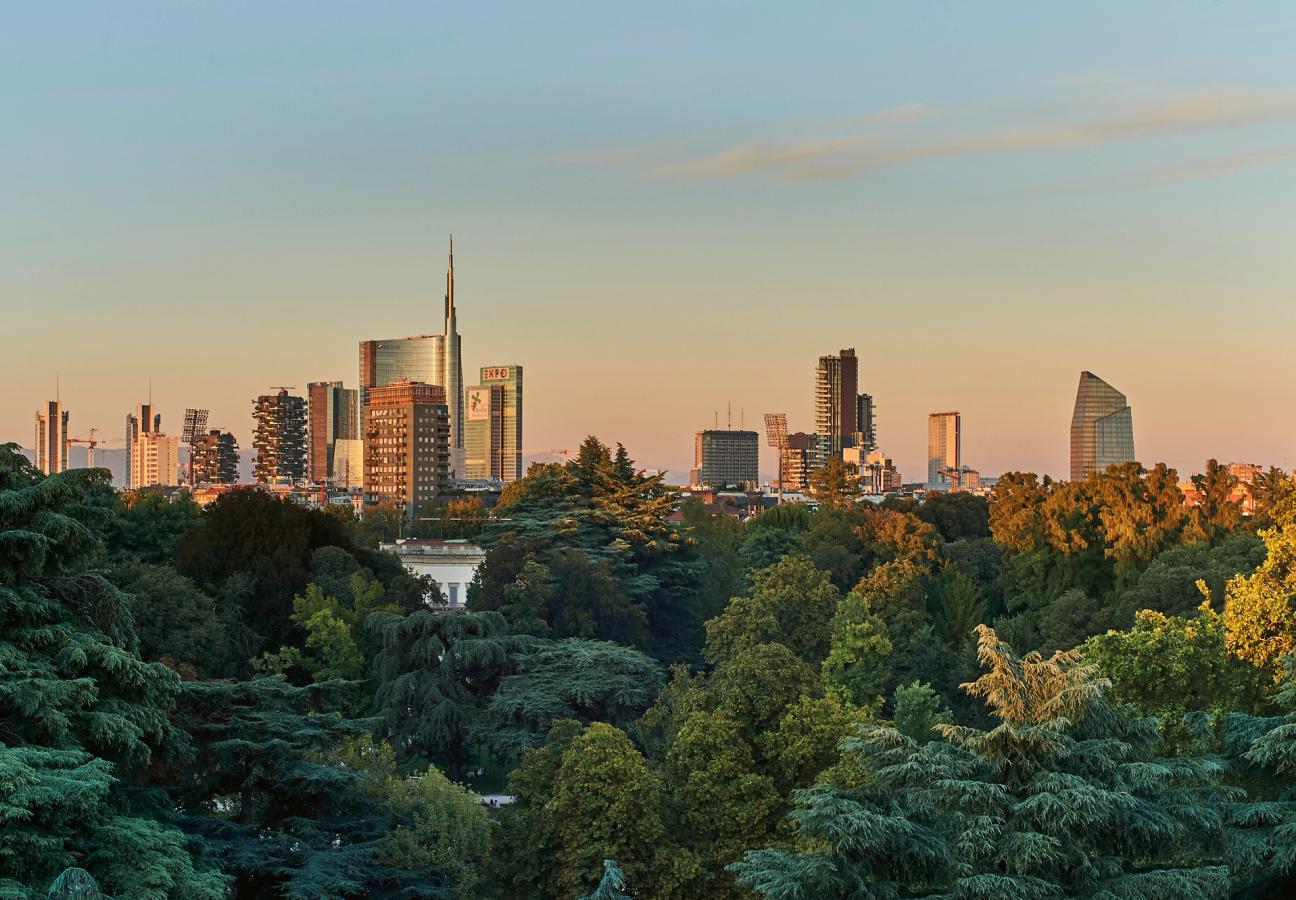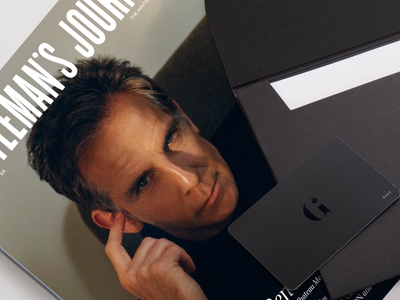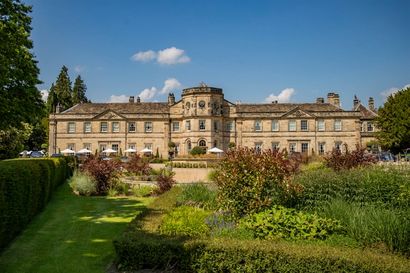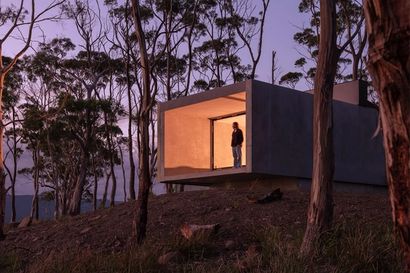The maitre d’ was making me a poncho from a bin bag. It was raining heavily – fat spring rain that glossed the cobbles and made the bankers on their bicycles skid as they cut the corners. He poked two arm holes in the sides of the bag. “Milano chic!” he proclaimed, and then made another hole where my head would go. “For cigarettes,” he explained, offering me one to light up. It was about 4pm, an hour or so after lunch service had finished (tonnarelli with cacio e pepe and some red shrimp on top, plus some tiramisu, plus some ice cream). I’d had to return to Il Solferino because I’d left my wallet there, and the wallet contained a little pouch, and the little pouch contained an engagement ring, and the engagement ring contained my life’s savings. The group of waiters and cooks, about a dozen of them, having their early supper from a vast spaghetti pot, looked alarmed as I burst in, soaking wet and English and flustered. The maitre d’ handed me the wallet at once (he also gave me a rose stem, which may or may not mean he looked inside it), and said: “We could have just dropped it to your house this evening.” I said I was staying at a hotel and leaving tomorrow, unfortunately, but thank you anyway. “Oh, I thought you lived here,” he said. “All the English live here.” And he went back to tailoring his bin bag. He seemed to be contemplating pockets.

Milan's Porta Nuova District skyline with priapic Samsung Diamond tower and “Bosco Verticale” building
All the English live here. And the Americans, and the French, and the Germans, and the Spanish, and, most surprisingly of all, perhaps, the Milanese, too. The old joke ran that Milan was always the perfect place to be – so long as you wanted to leave it. An industrial and financial workhorse near the very top of Italy, for decades the best thing about it was the places you could get to: Lake Como in 90 minutes; Portofino in two and a half hours; St. Moritz just a little longer in the other direction; the Côte d’Azur in only six hours. It should, by all rights, have long been a beloved base camp for the modern jet-setter – a sort of magnificent sun at the centre of the globe-trotting solar system.

Become a Gentleman’s Journal Member?
Like the Gentleman’s Journal? Why not join the Clubhouse, a special kind of private club where members receive offers and experiences from hand-picked, premium brands. You will also receive invites to exclusive events, the quarterly print magazine delivered directly to your door and your own membership card.


